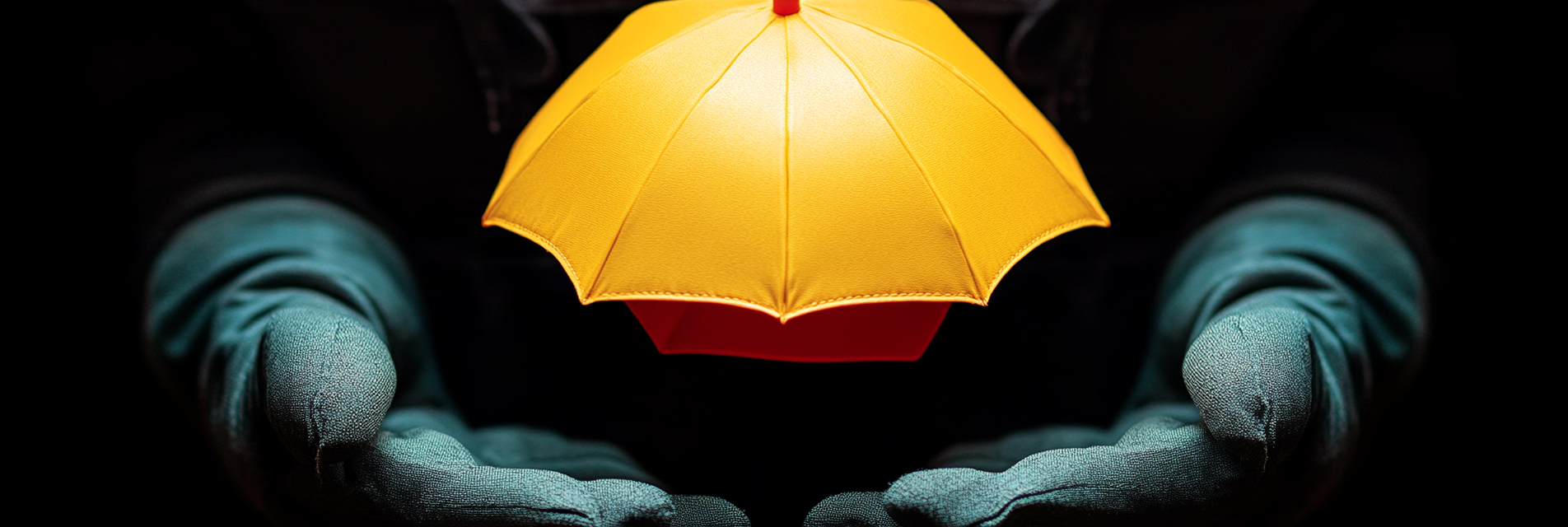During a medical emergency, knowing how to respond quickly and correctly can be the literal difference between life and death. Understanding how to handle basic first aid, stabilize a person, and manage shock until professional help arrives is very important. This post we put together here at Dryer Fire Fighters is a guide that outlines the essential steps for handling medical emergencies for our fellow Tri-Cities residents in Kennewick, Pasco, Richland, and beyond.
1. Assess the Situation
Before taking action, make sure you understand the nature of the emergency.
Check for Danger: Is it safe for you to approach? Look for hazards such as fire, electrical wiring, or unstable surfaces. Determine Responsiveness: Gently shake or speak to the person to check if they are conscious.
2. Call Emergency Services
Getting professional medical assistance on the way immediately is the top priority.
Call 911 immediately and provide clear information about the situation, the person’s condition, and the location. Assign Someone to Call: If you are not alone, ask another person to make the call while you provide care.
3. Check for Breathing and Pulse
Quickly check his or her vital signs.
Check Breathing: Look for chest movements, listen for breath sounds, and feel for air from the nose or mouth. If the person is not breathing, begin CPR immediately. Check Pulse: Use two fingers to check for a pulse at the neck (carotid artery) or wrist (radial artery). If no pulse, begin CPR.
4. Perform CPR if Necessary
CPR helps maintain blood circulation and breathing until emergency services arrive.
Position Hands Correctly: Place the heel of one hand on the center of the chest and the other hand on top of the first, interlocking your fingers. Begin Compressions: Push down hard and fast, about 2 inches deep, at a rate of 100–120 compressions per minute. Allow the chest to rise fully between compressions. Rescue Breaths: If trained, give two rescue breaths after every 30 compressions. Tilt the head back, lift the chin, and breathe into the mouth until the chest rises.
5. Manage Bleeding
Stopping bleeding quickly can prevent shock and further complications.
Apply Direct Pressure: Use a clean cloth or sterile bandage to apply pressure directly to the wound. Maintain pressure until bleeding stops. Elevate the Limb: If possible, raise the injured limb above heart level to help reduce blood flow. Apply a Tourniquet: For severe bleeding that cannot be controlled, use a tourniquet above the wound. Only use this as a last resort and be sure to note the time it was applied.
6. Treat for Shock
Shock can occur in any medical emergency and needs immediate attention.
Lay the Person Down: Position the person on their back and elevate their legs about 12 inches unless you suspect a head, neck, or back injury. Keep Them Warm: Cover the person with a blanket or coat. Monitor Condition: Stay with the person and keep reassuring them they are going to be OK until medical professionals arrive.
7. Handle Choking
Choking is a common emergency that requires swift action to clear the airway.
Use the Heimlich Maneuver: Stand behind the person, wrap your arms around their waist, and make a fist. Place the thumb side just above the navel, grasp the fist with your other hand, and perform quick upward thrusts. For Infants: Place the infant face down on your forearm and deliver five back blows between the shoulder blades, followed by five gentle chest compressions.
8. Treat Burns
Immediate care for burns can prevent further damage and reduce pain.
Cool the Burn: Run cool (not cold) water over the burn for at least 10 minutes to reduce heat and pain. Avoid Ice: Do not use ice, as it can damage the skin. Cover with a Non-Stick Dressing: Apply a clean, non-stick bandage or cloth to protect the burn.
9. Monitor and Comfort the Person
Keeping the person calm and reassured can help manage their condition until 911 personnel arrive.
Stay Calm: Speak in a reassuring tone. Keep Talking: Encourage the person to stay conscious by talking to them and asking them questions.
Conclusion
Handling medical emergencies effectively until help arrives can save lives. By understanding basic first aid, CPR, and how to manage different types of emergencies, you can be prepared to act confidently when the chips are down. We here at Dryer Fire Fighters don’t think we can over emphasize the importance of learning these important skills to ensure the safety of your home and family.
Serving the communities of:
Kennewick | Pasco | Richland | West Richland | Finley | Burbank | Benton City | Prosser | Grandview | Connell
As the sole certified dryer exhaust technician recognized by CSIA.org in the Tri-Cities area, Paul brings a wealth of expertise to fire prevention. His primary focus lies in addressing the root cause of many residential fires: lint buildup in dryer cavities and vents. Through rigorous inspections and thorough cleanings, Paul ensures that families and businesses can enjoy peace of mind, knowing their properties are safeguarded against fire risks.








































